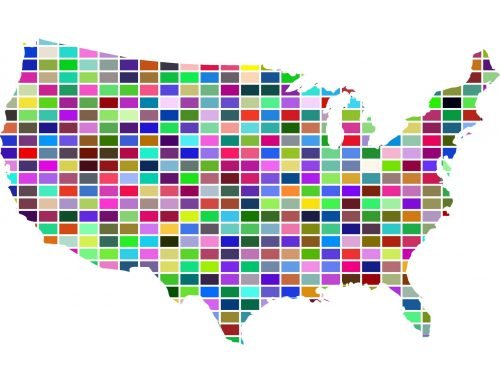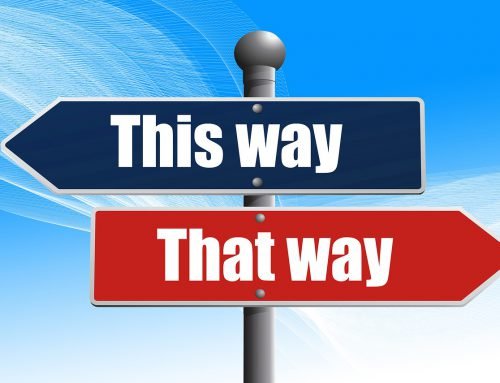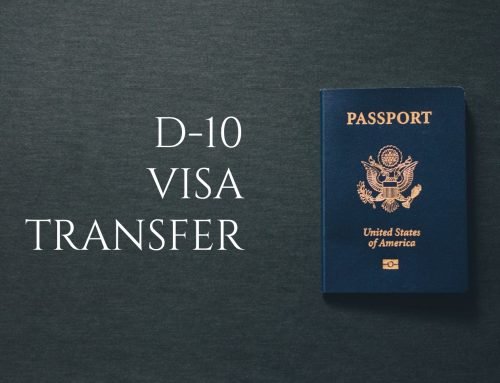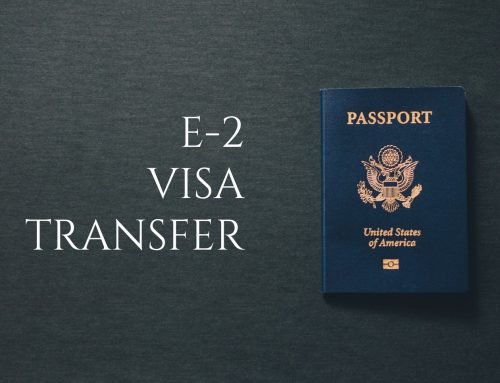E-2 Visa Run Guide

Usefulness of Visa Run
- Thanks to the visa run trip, applying teachers with tourist visa in Korea can conveniently change to E-2 visa via 3 to 4 days of short trip to the nearest countries where Korean consulates/embassies situated as Japan or Hong Kong or Guam.
- Visa run is also useful when teachers want to switch jobs before contract/visa expires, in which case they’ll need to get a letter of release to switch employers. If their employers won’t give them a letter of release, they need to go on a visa run for renewing their visa.
Popular destinations – Fukuoka or Osaka in Japan
- The most popular destinations are Fukuoka or Osaka in Japan. It usually takes 3 to 4 business days to complete the process.
- Teachers should submit their visa application between 9am ~ 11:30am of the day they arrive and their visa will be ready for pick-up between 1:30pm ~ 4pm (in Korean Consulate Fukuoka) and 2pm ~ 4pm (in Korean Consulate Osaka) the day after next day. For example, you could drop your visa off Monday morning, then pick it up Wednesday afternoon.
- A typical visa run takes 4 days, given it is very difficult to leave Korea and arrive at the consulate before noon on day 1, please make sure to choose/plan a flight schedule carefully and allow enough time for getting the visa.
- Always double-check your dates since Japan has MANY holidays and on holidays the Consulate/Embassy is closed. Recommend to call the Fukuoka/Osaka Consulate in advance to ensure that they will be open during the time that you’ll be there and how long they expect the visa turnaround time will be.
- You need to check both the holidays of Japan and Korea when the Consulate/Embassy is closed in reference to the following;
- Please find the detailed guideline for your visa run trip to either Fukuoka or Osaka;
- Visa issuance number or Notice of Appointment (NOA) number
- Your full address in Korea, your director’s name (in Korean), school address and phone number
- A completed Visa application form
- Your passport with remaining validity of at least one year
- One passport-size photo
- The visa fee ranges between about 5,000 JPY ~ 22,000 JPY (It varies by your citizenship, so please make sure to check ahead)
- US citizens: 4,950 JPY
- Canada, Ireland, New Zealand, South Africa: 6,600 JPY
- Australia citizens: 13,200 JPY
- UK citizens: 22,000 JPY
- Cash Flow other than hotel and visa fee: about 20,000 ~ 30,000 JPY for Transportation fares, Meals, Entertainments)
- Address: 1-1-3 Jigyohama, Chuo-ku, Fukuoka, Japan, 810-0065
- Phone Number: +81-(0)92-771-0461/3
- Service Hours: 9:00-12:00, 13:30-17:00 (Mon-Fri), Closed weekends and holidays
- Directions from the airport:
- Take the subway from the airport to Tojin Machi station (9th stop from the airport right after Ohori Koen station).
- From Tojin Machi station, go out exit one (1) which says Korean Consulate on it. Go straight out the exit towards the traffic light. Cross the intersection and turn (if you hit the river you’ve gone to far!). Go straight for about 10 minutes and you will arrive at the consulate which is a building with a Korean style roof and a Korean Flag.
- You can submit your visa application at Korean Consulate Fukuoka between 9am ~ 11:30am. The visa will be ready for pick-up between 1:30pm ~ 4pm the day after next day.
- You should pre-arrange your motel/hotel before you go there as it is very hard to get a room without your passport lately.
- You could go to Busan city and take ferries to Fukuoka too. You can catch the ship at Jungangdong International Ferry Terminal in Busan. The terminal in Fukuoka is the Hakata Ferry Port.
- You have two options for sea travel. The cheapest way over is by taking the overnight ferry. It takes about 14 hours. The more quicker way for sea travel, would be taking the JR Beetle Jetfoil, which takes 3 hours to cross over.
- Address: 2-3-4 Nishi-sinsaibashi, Chuo-ku, Osaka, Japan, 542-0086
- Phone number: +81-(0)6-6213-1401~3
- Service Hours: 9:00-12:00, 13:30-17:00 (Mon-Fri), Closed weekends and holidays
- Directions from the airport:
- Go to the information desk at the airport and ask for the subway map. Take the ‘RAPIT‘ train, NANKAI line, from the airport and get off at the last stop called ‘Namba‘ station. Once you clear customs, just follow the signs or you can ask any information desk at the airport; anyone manning these desks will speak English. It costs about 1,500 Yen and takes 40 minutes.
- From Namba station, go straight out exit 25 until you reach the Holiday Inn Nankai Hotel. It’s a 10 to 15 minute walk, or just a few minutes by taxi (expensive). The Korean consulate is right across from the hotel.
- You can submit your visa application at Korean Consulate Osaka between 9am ~ 11:30am. The visa will be ready for pick-up between 2pm ~ 4pm the day after next day.
- As teachers are normally have 5pm return flight to Korea, you have to be aware that you don’t have much time to go back to Osaka airport. Please double-check the way back to Osaka airport from Korean Consulate in advance.






Leave A Comment